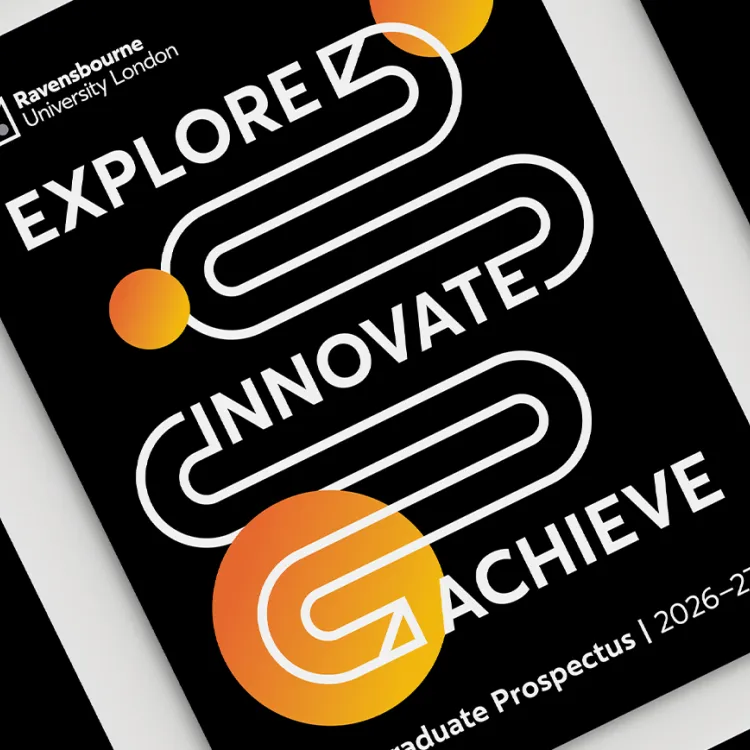Concept and creative process
This title sequence for 'Tomorrow's World', the popular science programme, was very influential in its time. As with all long running programmes, the titles were generally redesigned every few years in order to keep the programme looking fresh and innovative. Not such an easy brief for a programme concerned with science at the cutting edge. Pauline Talbot (Carter) solved the problem with considerable flair through a sequence of beautifully shot and edited cameos of the letters that spelled out the programme title. Each title letter was formed by a different object or substance, animated in an intriguing way for the camera. How the effects were achieved was the subject of a competition that the programme ran for its viewers.
Here are the answers. The opening logo was formed from glitter and struck from beneath to make it fly upwards. The T was a Visual Effects cocktail of chemical foam reversed in the optical. The O consisted of large 6 inch nails standing on their heads - filmed slightly over-cranked as they were blown over and then reversed in the optical. M was a metal 3D model mechanically raised up by Visual Effects out of a tank of mercury. O was an egg white and yolk, cooked separately in moulds and re-combined in the pan and filmed live action with the bacon, with a zoom in on the egg. R was made of silver ball bearings (one gold) held in place magnetically and released, filmed high speed and reversed in the optical. R was a metal cut-out with over-cranked live action flames from a gas burner behind. O was a model cast in solder and filmed as it melted and was reversed in the optical. W was puff pastry cut to shape and baked in an adapted microwave, speeded up in the optical. S was white pills (one pink) set up and struck from beneath and reversed in the optical. The logo was made of silver dragées in a shallow recessed cut-out which were washed away by a mercury flow, over cranked and reversed in the optical.
Music - John Dankworth.
Director of Photography - Brian Tufano.
Visual Effects - Ian Scoones.
Designer/Directors - Pauline Talbot (Carter) and Richard Loncraine.
Winner of the Design & Art Direction Silver Award for the Most Outstanding Programme Titles 1976.
